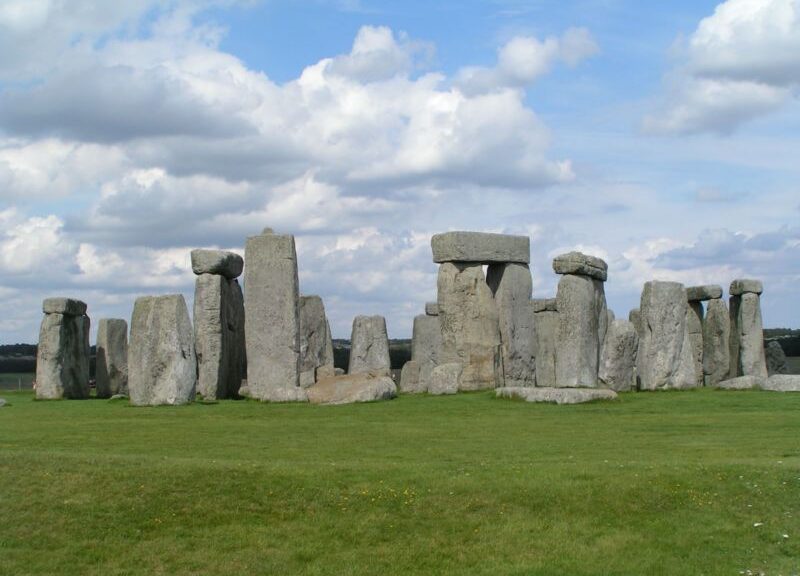Archaeologists find the source of Stonehenge sarsen stones
A team of researchers from the UK and South Africa has discovered that most of the hulking sandstone boulders — called sarsens — that make up the famous Stonehenge monument appear to share a common origin 25 km (15.5 miles) away in West Woods on the edge of the Marlborough Downs, Wiltshire.
The origins of the stones used to build Stonehenge around 2500 BCE and their transportation methods and routes have been the subject of debate among archaeologists and geologists for over 400 years.
Two main types of stones are present at the monument: the sarsen stones that form the primary architecture of Stonehenge and the bluestones near the centre of the monument.

The smaller bluestones have been traced to Wales, but the origins of the sarsens have remained unknown, until now.
“Archaeologists and geologists have been debating where the sarsen stones used to build Stonehenge came from for more than four centuries,” said Professor David Nash, a scientist in the School of Environment and Technology at the University of Brighton and the School of Geography, Archaeology and Environmental Studies at the University of the Witwatersrand.
“These significant new data will help explain more of how the monument was constructed and, perhaps, offer insights into the routes by which the 20- to 30-ton stones were transported.”

To learn where the huge boulders came from, Professor Nash and colleagues used portable x-ray fluorescence spectrometry (PXRF) to initially characterize their chemical composition, then analyzed the data statistically to determine their degree of chemical variability.
Next, they performed inductively coupled plasma mass spectrometry (ICP-MS) and ICP-atomic emission spectrometry (ICP-AES) of samples from a core previously drilled through one sarsen stone — Stone 58 — and a range of sarsen boulders from across southern Britain.
After comparing these signatures, they were able to point to West Woods as the sarsens’ earliest home.
The reason the monument’s builders selected this site remains a mystery, although the scientists suggest the size and quality of West Woods’ stones, and the ease with which the builders could access them may have factored into the decision.
“We still don’t know where two of the 52 remaining sarsens at the monument came from,” Professor Nash said.
“These are upright Stone 26 at the northernmost point of the outer sarsen circle and lintel Stone 160 from the inner trilithon horseshoe.”
“It is possible that these stones were once more local to Stonehenge, but at this stage, we do not know.”
“We also don’t know the exact areas of West Woods where the sarsens were extracted.”
“Further geochemical testing of sarsens and archaeological investigations to discover extraction pits are needed to answer these questions.”
